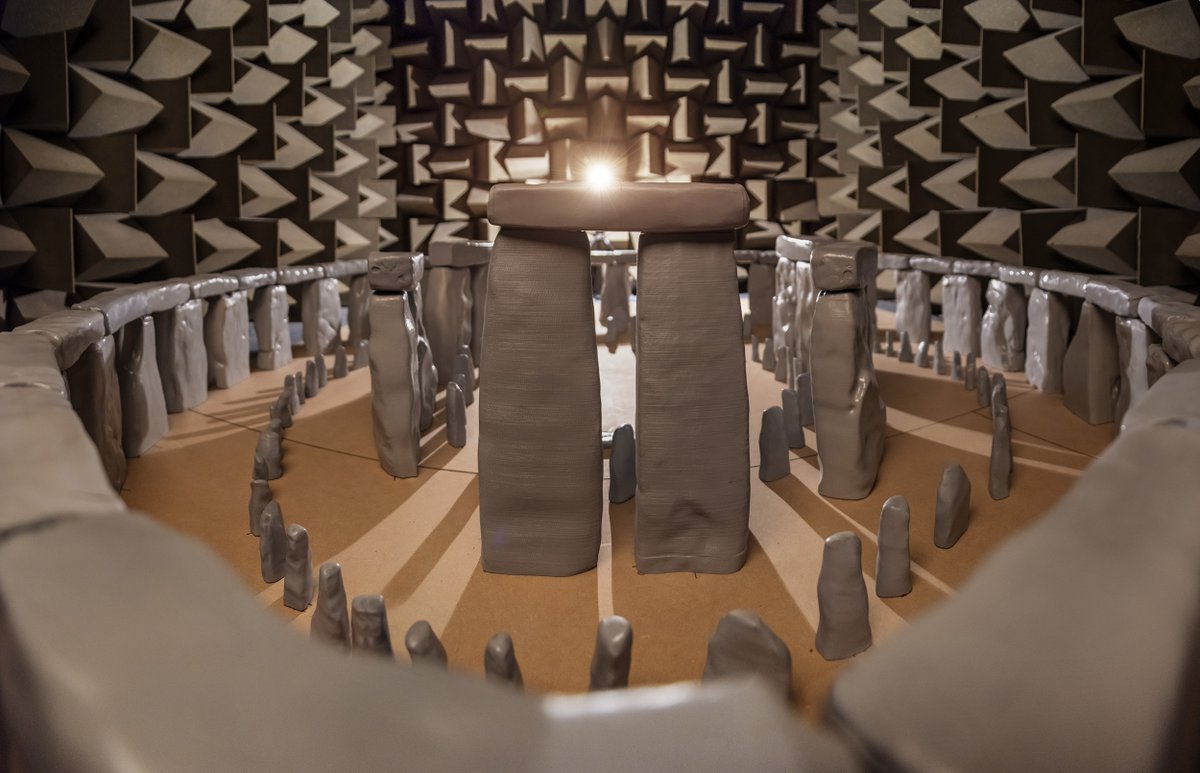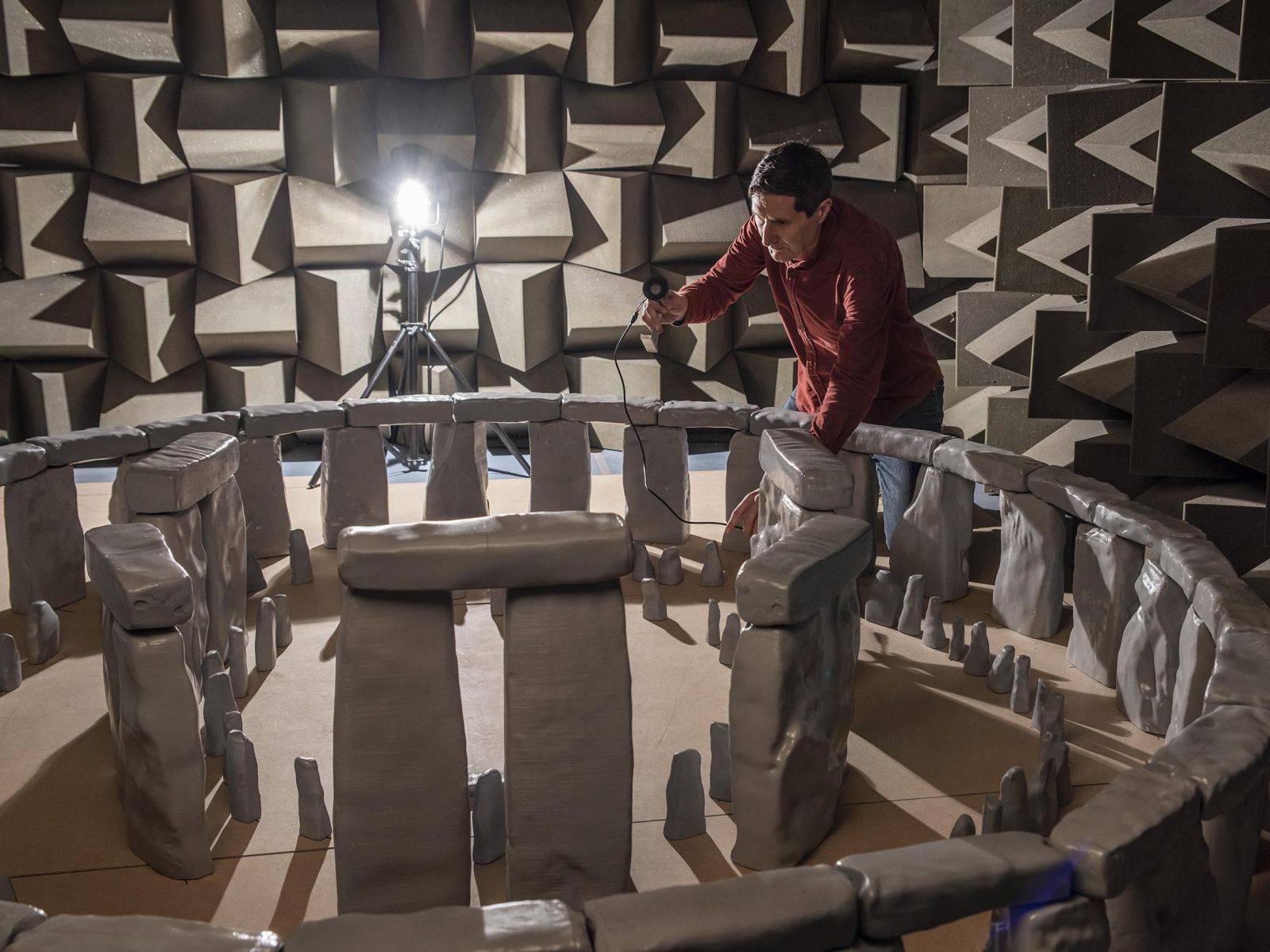Built more than 4,000 years ago, Stonehenge is a prehistoric monument in Wiltshire, England that could be a cemetery and ceremonial site. While we may never know its true function, acoustic engineers at the University of Salford in Manchester may have unravelled some clues by creating a 1:12 acoustic scale model of the monument to determine how the sound was affected by the original 157 stone built-in 2200 BC.
The results of research conducted at the University of Salford in Manchester showed how the stones found on the field improved musical sound and speech and helped clarify the voice by reflecting the voices of the participants. The study suggests that the sounds created inside the stone circle are actually designed for those who are in the same environment, rather than being broadcast to the outside.
British historian Susan Greane explains: “The results show that the music, sounds, or percussion sounds made at the monument can only really be heard by those standing inside the stone circle, suggesting that any rituals that take place are intimate events. It's exciting to see how he can tell us the distant past. ''
The 1:12 model was created using a mixture of 3D printing and custom moulding. As Stonehenge has been reconstructed several times in history, engineers created different adjustments to be tested and showed that these changes did not greatly affect the sound. This allowed engineers to conclude that sound was not the primary factor in making, but astronomical alignments likely existed.



Recent Blog Posts
